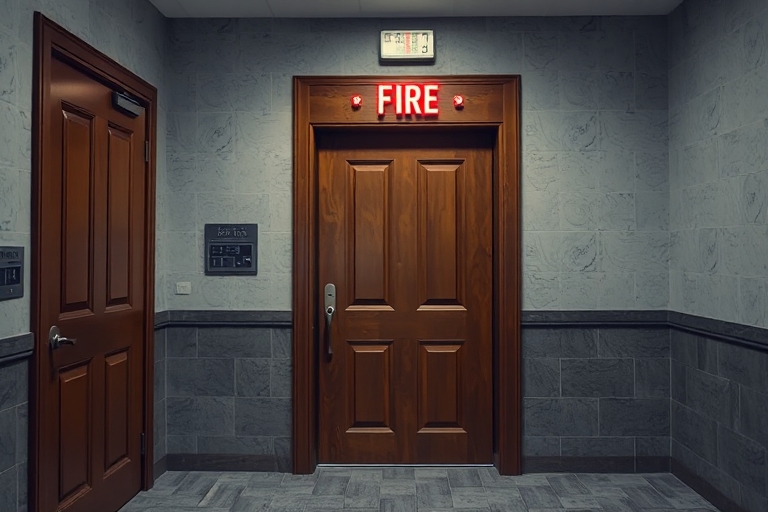
Fire doors are a critical component in the safety architecture of buildings, designed to prevent the spread of fire and smoke, thereby protecting lives and property. Understanding the importance, functionality, and standards of fire doors is essential for architects, builders, and property managers.
Firstly, fire doors are specifically engineered to resist fire for a certain period, typically ranging from 20 to 90 minutes, depending on their rating. These doors are constructed from materials that can withstand high temperatures and are often equipped with intumescent seals that expand in the heat to block smoke and flames.
Installation is another crucial aspect of fire door safety. A fire door must be correctly installed with the appropriate hardware, such as fire-rated hinges and automatic closers, to function effectively. Regular maintenance checks are also necessary to ensure that the door remains in optimal condition and continues to provide the intended level of protection.
Compliance with local and international standards is mandatory for fire doors. In the United States, fire doors must meet the standards set by the National Fire Protection Association (NFPA), particularly NFPA 80, which outlines the installation, inspection, testing, and maintenance of fire doors. Similarly, in Europe, fire doors must comply with the EN 16034 standard, which specifies the fire resistance and smoke control characteristics.
Choosing the right fire door involves considering several factors, including the door's fire resistance rating, the materials used, and the specific requirements of the building. For instance, a hospital might require doors with higher fire resistance ratings compared to a residential building. Additionally, the aesthetic aspect should not be overlooked, as fire doors are available in various designs and finishes to complement the building's interior.
In conclusion, fire doors play a pivotal role in building safety by containing fire and smoke, allowing occupants more time to evacuate and reducing property damage. Understanding their importance, ensuring proper installation and maintenance, and adhering to standards are all critical steps in maximizing the effectiveness of fire doors. Whether you are involved in the construction, management, or maintenance of buildings, recognizing the value of fire doors is essential for ensuring safety and compliance.

